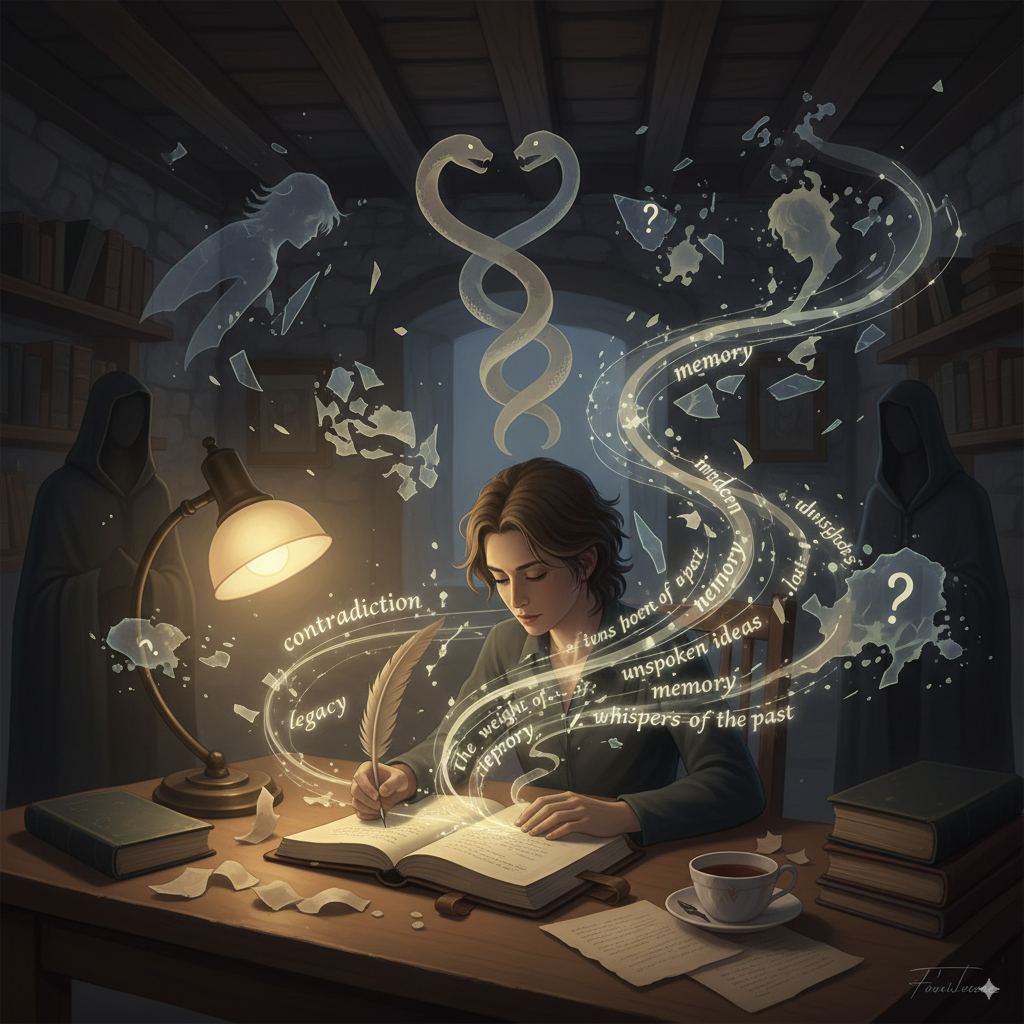The Art of Writing

Writing is never safe.
Every approach to the page risks exposure—ritual habits masking private superstitions, a cup placed just so, the screen’s brightness tuned against the shiver of self-doubt. Words stack in the mind but refuse to fall, hovering in the wunderfield, pre-verbal and hungry.
A writer sits alone, but carries an invisible community: parental criticisms, remembered teachers, the phantom of a former self who thought prose came easy. Their ghost voices murmur, sometimes sabotaging, sometimes inciting rebellion—Who do you think you are? Will anyone listen?
The first lines appear; the sensation is relief mixed with dread. Inspiration mutates into obligation—the joy of “anything is possible” giving way to the grind of revision, the dull ache of second-guessing. Perfection stalks authenticity. Each paragraph begins with promise, then recoils from exposure. A contradiction: vulnerability sharpens the writing, but threatens the writer.
Below the surface, anxiety works. The page exposes old trauma: rejected drafts, forgotten emails, half-formed apologies. Nostalgia stains judgment—maybe the best work is behind, or never written. Anomaly slinks in—nonsense phrases appear, unexpected tonal shifts, dialogue where none was invited.
Suddenly, silence fills the field. It is not emptiness but measured risk: Should I continue? Should I pause? Is meaning possible, or is ambiguity my only companion?
And yet, in the pause, wonder happens. The writing holds its breath. The reader (real or imagined) fills the absence with their own longing, their own ghosts. The aperture remains: unfinished, restless, alive.
Writing is not product. It is collision, drift, and recovery—a spiral of meaning that invites contradiction and silence as honored guests, never banished. The art lies in risking the next word, or abstaining, until the field is ready.
Comments ()